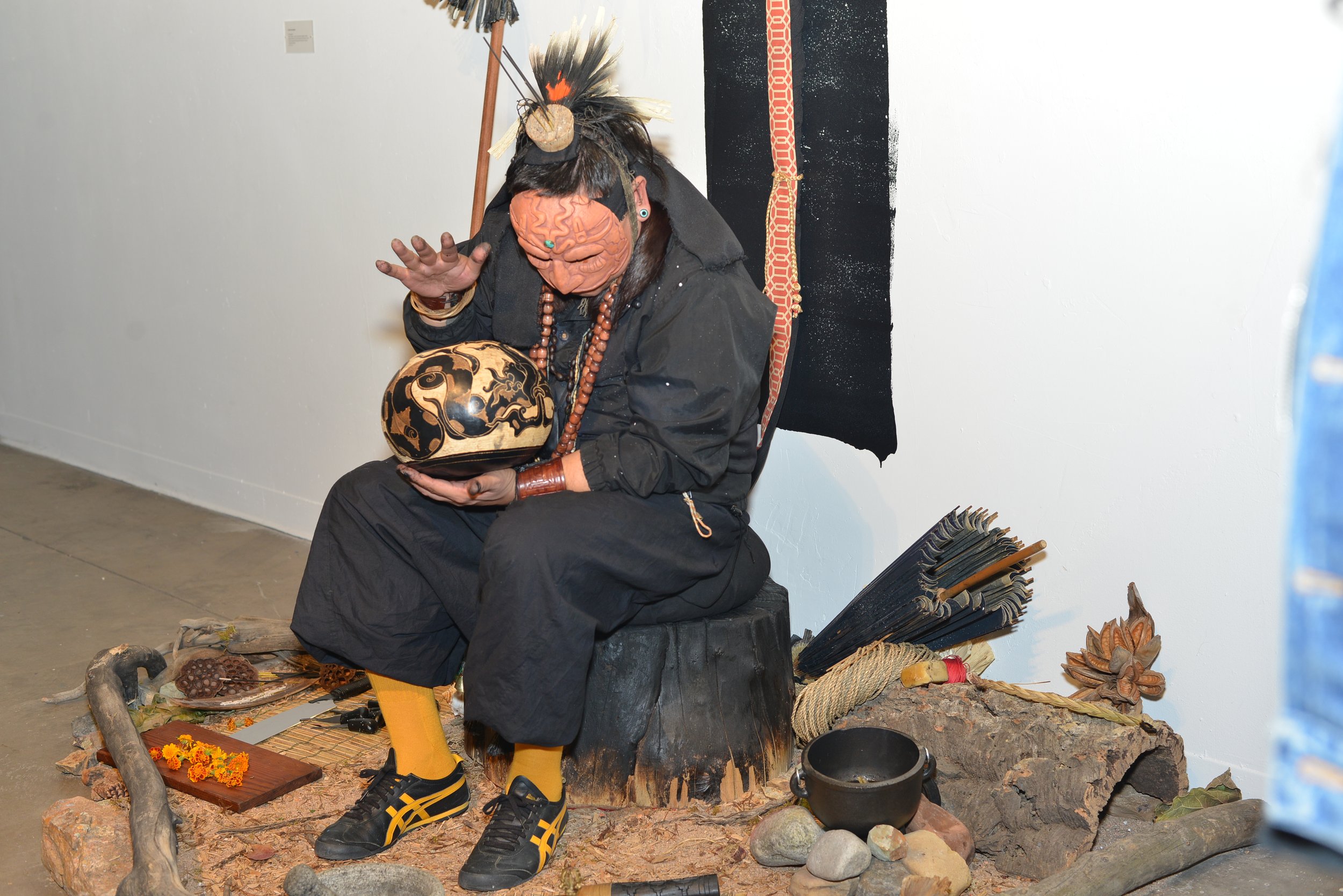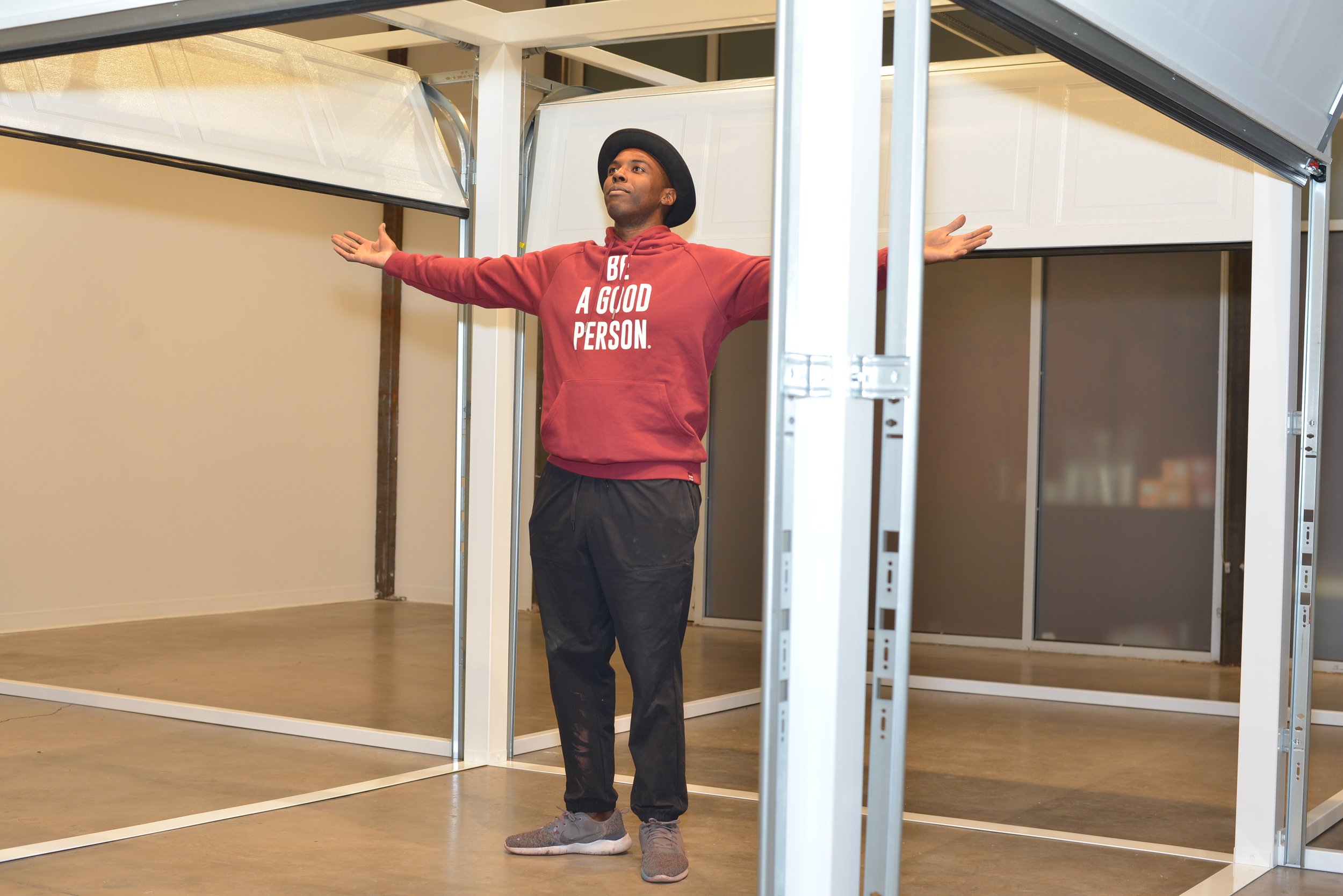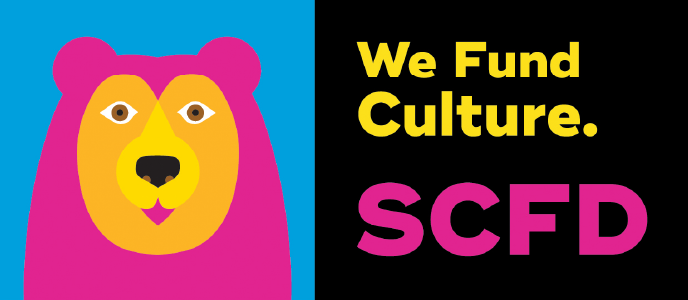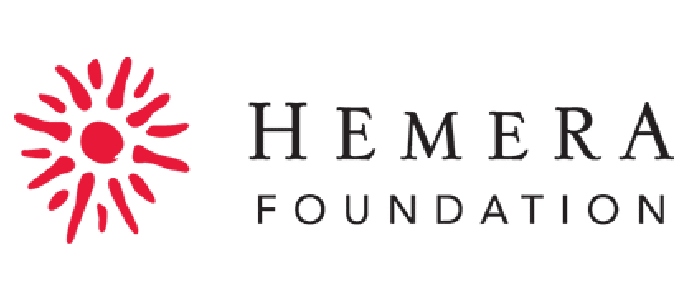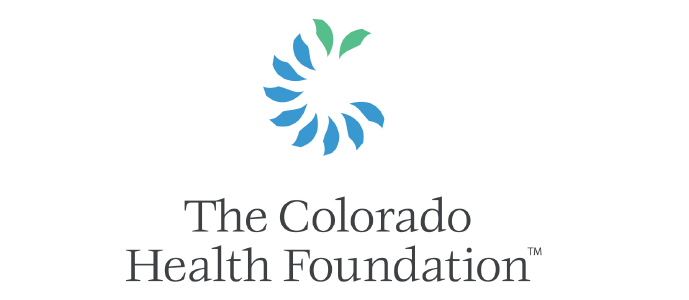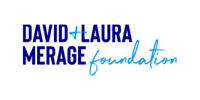RedLine Artist-in-Residency Program FAQ
Learn everything you need to know about our Artist-in-Residency program before applying!
What is the Artists-in-Residence program at RedLine and why should I apply?
RedLine is a nonprofit contemporary art center with a focus on socially engaged art. Our mission is to foster education and engagement between artists and communities to create positive social change.
As RedLine's foundational program, this residency remains core to all we do as an organization.
The Artist-in-Residence program is a 2-year commitment that is offered to emerging, contemporary artists.
In addition to mentorship, career development, and exposure to unique opportunities supported by our open studio format — artists receive fully-subsidized studio spaces for the duration of two years, beginning in the fall.
This allows for a certain degree of financial flexibility and liberates artists to explore and experiment without the worry of commercial constraints.
The residency also grants artists the opportunity to work closely with their peers within an environment of mutual support that fosters the development of networking and collaboration within the community.
What is the philosophy of the selection process?
The Artists-in-Residence program is based on an equitable selection process. At RedLine, we are artist-focused, community-responsive, and approachable.
We also believe in the bold vision of artists and a depth vs. scale approach to the programs that we host within RedLine and the relationships that we build in our neighborhoods.
What does the selection process involve?
RedLine has a two-round jury process for our Artist-in-Residence program:
The first phase of the review process is a blind art jury that reviews each applicant's artwork and artist statement. It’s called a “blind jury” because members of the selection committee are judging the artwork and statements by their own merit, without the name of the applicant attached.
The second phase is a community jury that looks at the applicant's overall involvement or desire to be in a community-focused space to create and work with local under-resourced communities. Applicants are interviewed by the community jury to determine if RedLine is the right fit for them and if they are the right fit for RedLine.
Members of both the art and community juries consist of past RedLine resident artists, community artists, local curators, cultural workers, RedLine board members, and other community members, partners, and stakeholders.
Who do you consider an “emerging contemporary artist”?
To us at RedLine, the question of whether or not one is considered “emerging” is addressed in terms of an artist’s own personal creative arc, which is unique to each individual.
This has more to do with the richness of one’s experiences and the degree of personal investment in the work as opposed to what age they are or what level of recognition they may have achieved.
Part of what it takes to be considered an “emerging artist” is how one demonstrates their desire to take their work and their career to the “next level.”
When it comes to defining the word “contemporary,” we approach it simply and straightforwardly using the basic dictionary definition: “belonging to or occurring in the present.”
How does RedLine define “socially engaged art?”
We recognize that contemporary living artists are increasingly blurring the lines between disciplines by incorporating aspects of social work, human services, science, psychology, activism, and education into their work.
Rather than creating exclusively within arts institutions, many contemporary artists are working with and within local communities to create art that inspires social change.
How does RedLine define “community?”
We define community in both geographic and relational terms. A prospective artist applicant can be interested in working with or within many communities who share something in common (interest, geography, heritage, challenge, etc.).
How does the “open studio format” work?
Individual and shared studios surround a 10,000 sq ft exhibition hall. Studios remain accessible to the public during our regular open hours which encourages dialogue between visitors to the exhibitions and fellow resident artists working in their respective studios.
Who is eligible for the Artist-in-Residency program at RedLine?
Any artist who is deeply committed to their creative practice and is active in their respective communities. The artists who are accepted into this program represent a wide range of backgrounds, education levels, and life experiences.
Additionally, the artistic output of our residents is extremely diverse. To get a better sense of who makes up our growing community of Artists-in-Residents, feel free to learn more about our current group of artists or our network of Alumni Artists.
Do you have to be a resident of Denver or Colorado to apply?
No! You can be an artist working anywhere in the country or world to apply. All artists who are accepted into the program must be willing and able to commit to the two-year duration.
Artists will need to secure housing prior to acceptance into the program because we are a working residency vs. a live-work residency program and housing is not available on-site.
Do you require that an applicant have a Masters in Fine Art or other degree from a higher education institution?
No. While we believe that a prospective applicant who has attained an MFA or other level of scholastic achievement will likely have experience nurturing a broad set of social skills and a deep understanding of theory and practice, we don’t consider any degree to be a prerequisite to apply for this residency program.
If I have applied before (during a previous year) can I apply again this year?
Yes, and we encourage it!
How many Artist-in-Residency applications does RedLine typically receive?
In 2020, the applicant pool included more 300 applications for a total of 12 available spots. The number of applicants and the number of accepted artists changes annually based on the amount of studio spaces available.
How many artists are accepted each year?
Depending on the year, we can accept anywhere between 5 and 12 new resident artists each year. The space can accommodate 12-15 total artists.
Resident Artist Adri Norris. From the 2020-2022 Artist Resident show “Chromatic Cogitations: Rhythm Reboot.”
I have a full time job can I still be a resident artist?
Yes! Resident artists often have full- or part-time jobs to support their studio practice. Artists are most able to balance the two when their “day job” complements their art practice.
This can mean a flexible schedule or a job in the arts. Ultimately, you want to make sure your schedule supports you getting the most out of the residency.
If I applied to other artist residencies or if I plan on traveling extensively in the next 2 years, can I still apply to this program?
Yes — but, if you think your other residencies or travels would keep you away for 6 months or longer, you might want to reconsider if this program is the best fit for you.
When can I expect to hear back about the status of my application?
The 2-rounds of jury review takes approximately 2.5 months, and begin in June.
Early August - you will learn if your application has made it to the second round (aka the community jury)
Mid August - interviews will be scheduled (virtually, via zoom meeting)
Early/Mid September - decisions are made and announced to accepted artists
Early November: newly accepted artists are invited to move into their studios.
**Please note that the above timeline is approximate and specific dates are purposely not included to allow for the necessary flexibility and likely adjustments we will have to make in response to COVID-19 pandemic.
What are other important things to know about the facility?
Accepted artists are granted 24/7 access to their studios during the duration of their residency.
Artists are responsible for outfitting their space with the necessary furniture, tools and materials for their practice.
Toxic materials are only permitted outside the premises.
RedLine also has a designated woodshop area that is shared among the artists and the facilities/exhibition staff.
Artists must sign a liability waiver to use communal power tools and equipment and must respect the rules of the space to maintain safety.
The RedLine facility includes a total of 13 studio spaces, some of which are large enough to be shared by more than one artist at a time.
In addition to the individual spaces to create work, we also have a Community Studio where we host workshops, and community-responsive programs like the Reach program.
Other common areas include a library that houses nearly 5,000 books on art and design as well as a small kitchen (microwave, sink, and refrigerator).
Housing during the two year residency is also the responsibility of the resident artist, however, we do have partnerships and resources we can point artists to for housing consideration.

